INTRODUCTION: A while ago, my dad and I were looking through his flying and military photos, when he sent me an email:
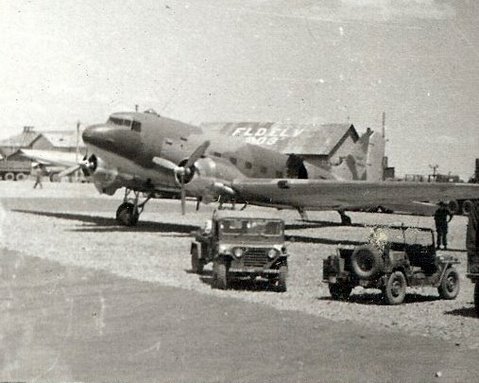
“Seeing the “Old Gooney Bird” reminds me that I flew one of these aircraft from Miami, Florida across the Pacific to Vietnam. The trip segment from the West Coast to Honolulu had us in the air for 18 straight hours traveling at 130 MPH. It seemed like we would never get there.
After Hawaii, we went to Midway Island, where we observed the real Gooney Birds nesting all over the island. We also endured a mighty thunderstorm that had been predicted by the clairvoyant Jean Dixon to sink the island on that date. Obviously, she was wrong!
We then flew to Wake Island, Guam, and on to the Philippines before flying into Vietnam. The total trip took 75 hours of flying time and 20 total days. I got to know the “Old Bird”, C-47, pretty well in that time. The over 400 combat sorties I flew in that year in Vietnam proved to me that the “Gooney Bird” was one of the great all-time aircraft.“
This led us to talk about current events relating to Midway Island, and his desire to document his memories. Thank you, Dad, for contributing this recollection to True Airspeed Blog.

January 2020 – Guest Blogger Bill Moffett
MIDWAY ISLAND 1967
Recent ads have been touting a new movie about the WWII battle at Midway Island. Where is Midway and what is it like? I had the opportunity to spend some time there in 1967 and I thought it might be interesting to tell you about it. I was ferrying an old DC-3 aircraft, also known as a “Gooney Bird”, across the Pacific to Vietnam. Midway was one of our stops. We left Honolulu and after about 8 hours of flying westward, we arrived at Midway.
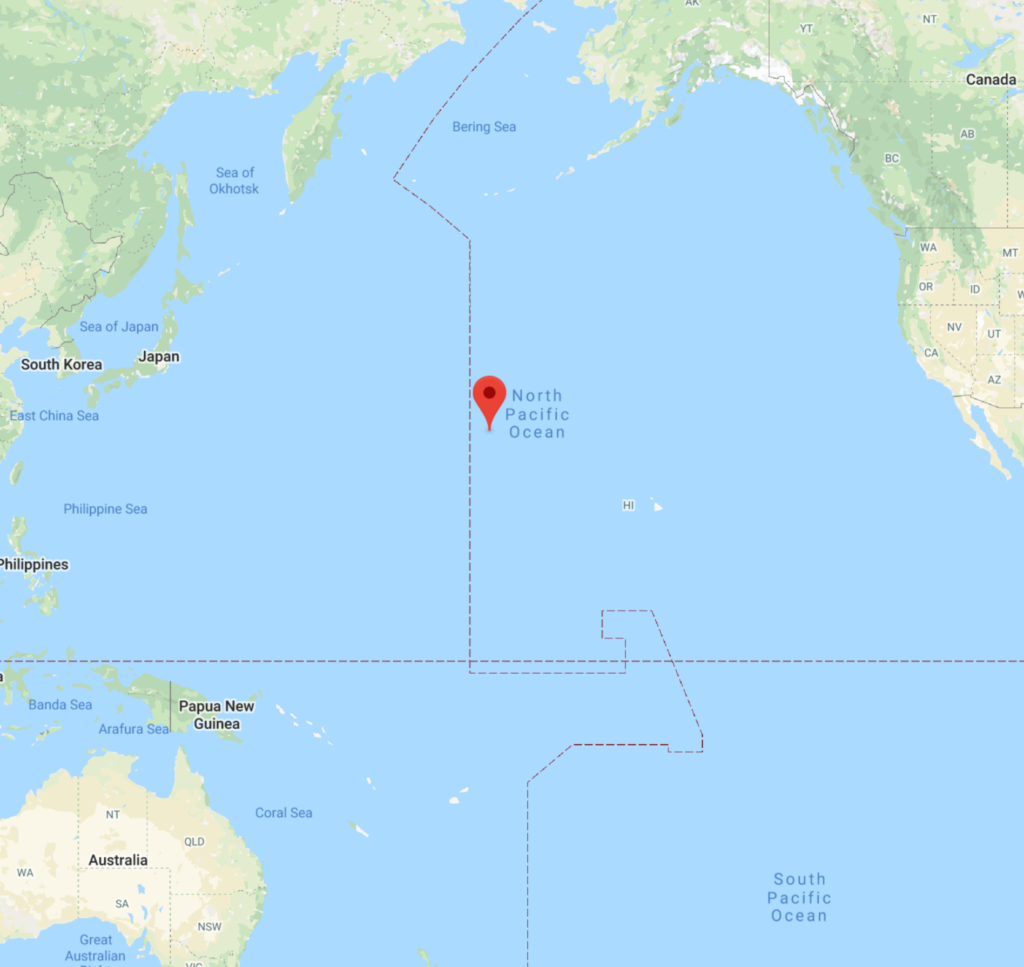
Midway island was not much to see when we got there. Actually, it is a couple of islands about 1/4 mile apart and neither big enough that you couldn’t walk around it in less than an hour. The setting was quite pretty with lots of white sand beaches and an airfield, with some hangers, and buildings on the larger of the two islands.
There were numerous trees and gnarled cypress around the buildings, and a small wharf with a USN destroyer docked against it. Much to everyone’s relief, there was a mess hall and club for us to use. This, we found out, might be important as we were informed that there was a weather front between Midway and our next destination, Wake Island. The best estimate was that it probably would be at least two days before we could proceed.
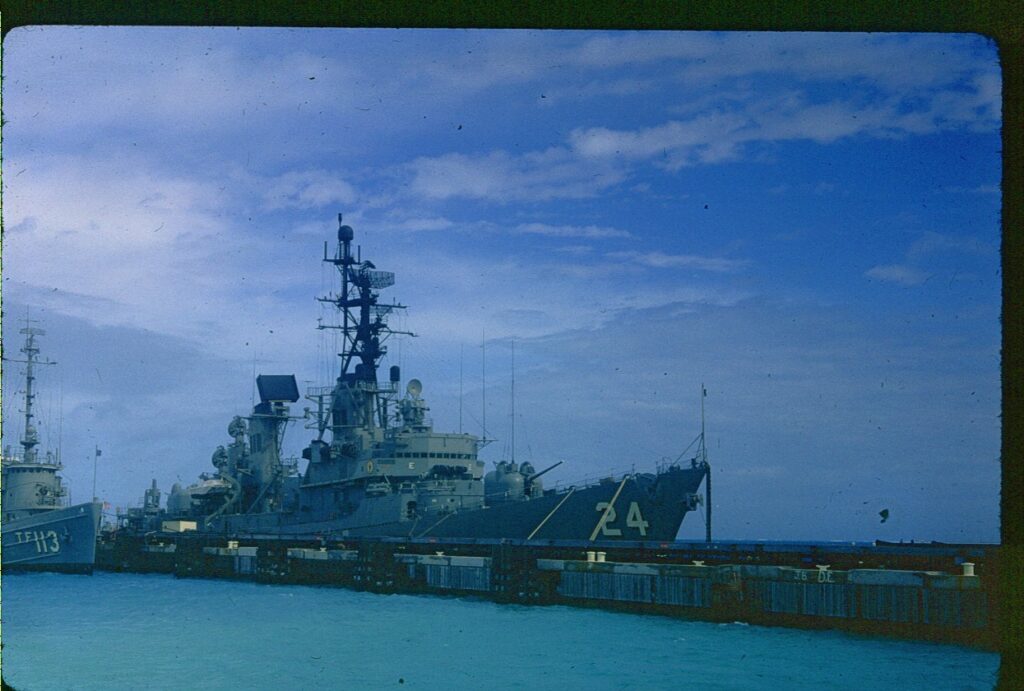
As you might guess, there was not a lot of entertainment available for us to help pass the time. However, nature did its best and provided a spectacular sight for us to watch. Each winter, giant birds, Albatross or Gooney Birds, as they are called, come to Midway to nest and hatch their young. They turned out to be the absolute best show we could ever hope to watch.
They are big, up to 5 ft. in wingspan, beautiful and graceful inflight. On land, they are awkward, clumsy, and each full of personality. They are hatched at Midway and after about 3 months they go to sea and live at sea for about 5 years at which time they return to Midway, mated for life, and are ready to nest and raise their young.
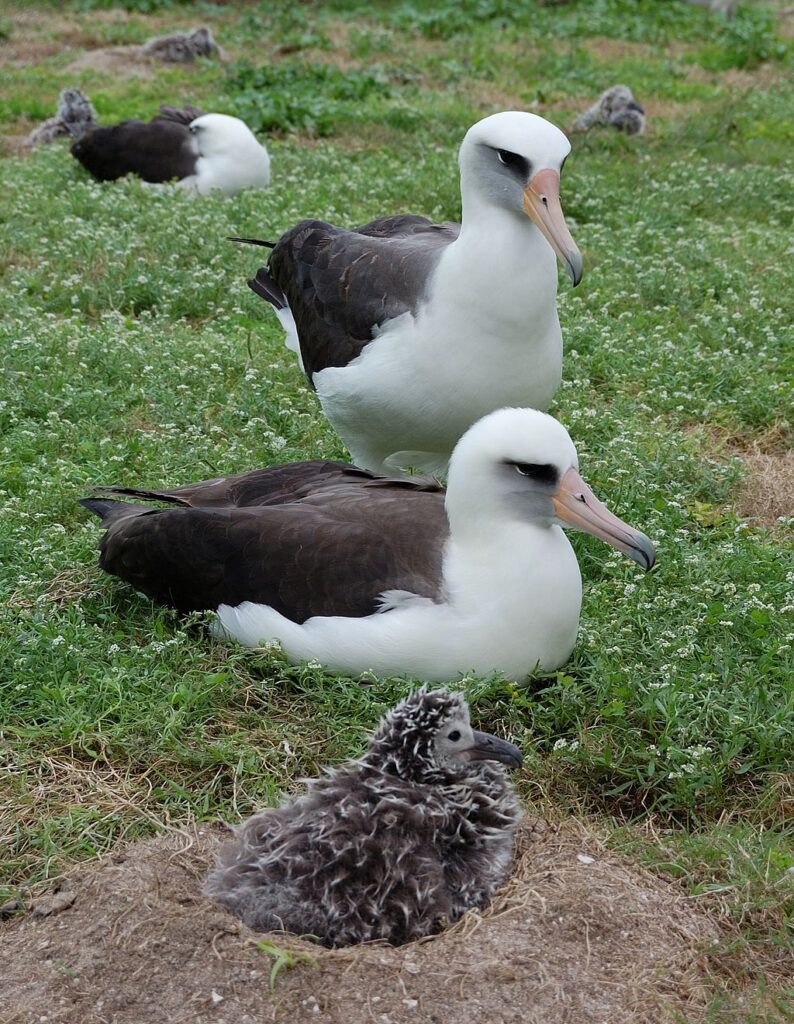
After being at sea for so long, they have forgotten how to use their feet and frequently land without putting their “gear” down. It is not unusual to see birds tumbling head over heels just trying to get down. They have no knowledge what a nest should look like or where to put it, thus there are birds sitting on eggs in the middle of the streets, on sidewalks, on stairs, on roofs or any other place they can scrape two or three sticks together and call it a nest.
The birds come ashore mated for life and it was observed that one of the pair will sit on the nest while the other goes to sea for food. Should something happen to the mate that went to hunt, the other bird will stay on the nest until it falls over dead.
A Gooney Bird has a long-hooked beak and seems to be in a constant state of squawking. You can imagine the noise of thousands of birds squawking all the time. The best show comes when a bird is ready to fly. They are like an airplane and require a good bit of runway to get into the air. This can often be greater than 50 yards long, depending on the wind. Before attempting a takeoff, each bird will walk the full length of his runway, stop and talk to all the other birds along the way, strut and make sure that they announce to every other bird within sight that they are going to take off and everyone should watch.
The takeoff begins with lots of practice wing flapping to get warmed up, and finally incorporating leg movement to start the run. Wings flap, feet flap, and the beak squawks. After about 25 yards, the bird lifts off enough to pick up its feet but stays in ground effect to try and gain enough speed to pull up and clear the trees. Unfortunately, as many times as not, the take-off has to be aborted because the bird didn’t get airborne soon enough to clear the trees or other obstacles. This results in a headfirst tumbling roll with no use of feet and a very clumsy stop and attempt to get back up.
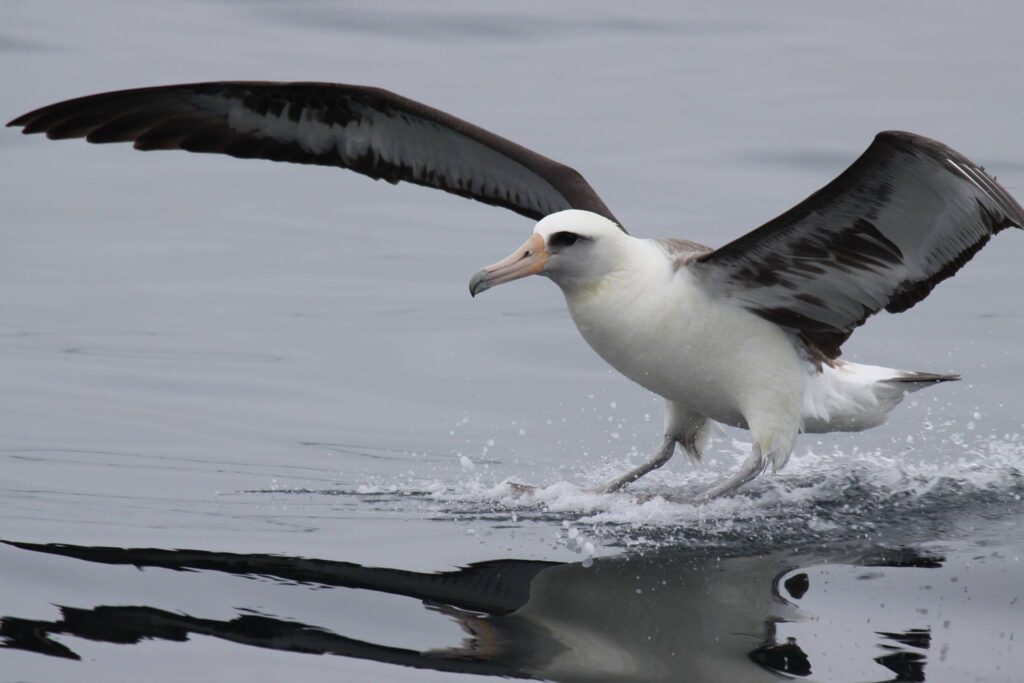
There were numerous birds that didn’t make it, caught in tree branches or v notches in the trees. After a crash the bird usually walks back the length of the runway and explains to all those watching, just exactly what went wrong. Pretty soon he can be seen and heard, announcing another try.
Some of the nests contained newly hatched chicks all of them hollering for a meal. Vehicle traffic is at a standstill as the few streets are covered with nests. Nests are usually sited about every two or three feet apart.
We did have one matter that caused us all some concern. The famous clairvoyant, Jean Dixon, (she predicted JFK’s assassination, among many other famous events), had made a prediction that Midway Island was going to sink into the Ocean and her predicted date was to occur while we sat and waited. Needless to say, we were all a little nervous about this especially when on the evening of the predicted date, a big storm came up and pelted the island with wind and rain.
At about 10 pm the station emergency siren went off and the Island lost all electrical power. Talk about a helpless feeling. There was nothing we could do and no place to go. Fortunately, the Navy got the siren turned off and the electrical power back on, and by the next morning we were all still sitting on dry land. Phew! Even the weather had cleared, so we packed up and headed to Wake Island.
But that is another tale. Bill
We’d love to hear your comments or your own recollections!

Leave a Reply